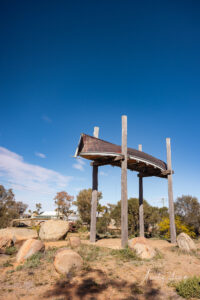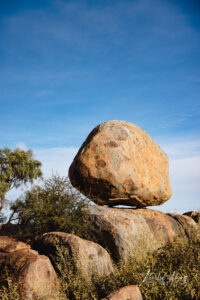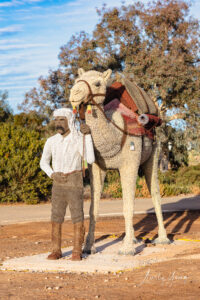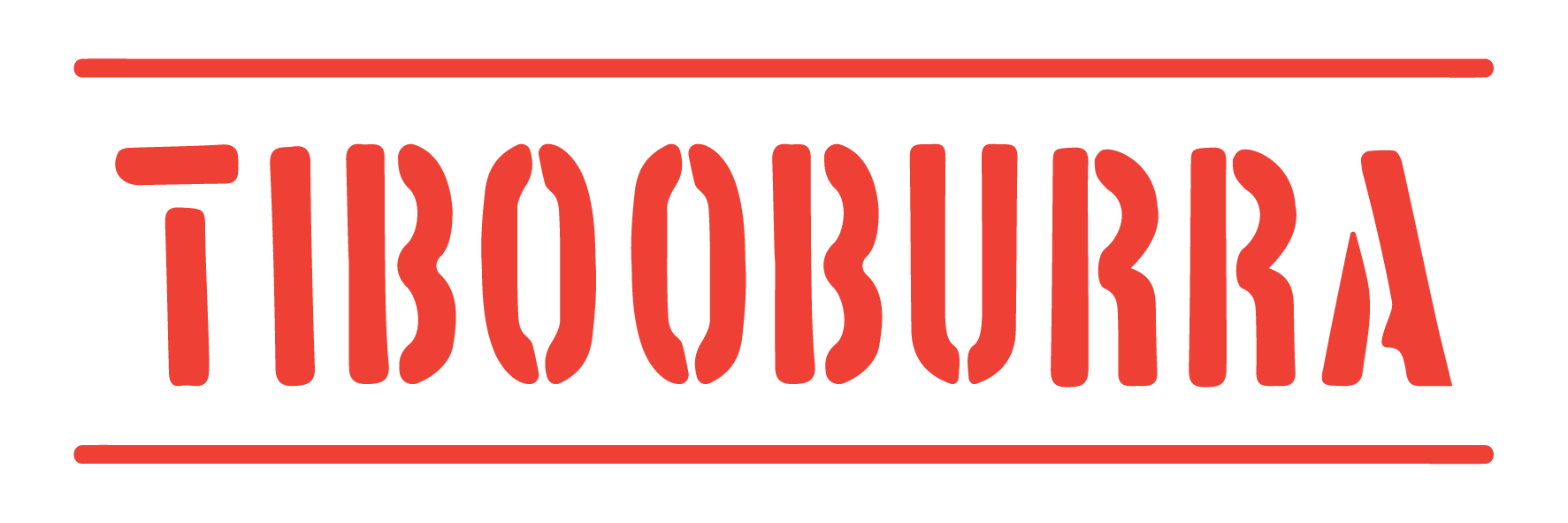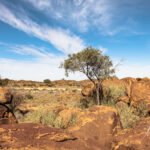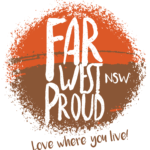welcome to tibooburra
Tibooburra is situated in the far northwest corner of New South Wales some 330 km north of Broken Hill on the Silver City Highway.
It’s taken a while, but the highway is now sealed all the way from Broken Hill to the Queensland border at Warri Gate. Travellers still need to be prepared for changes to road conditions after rain. Dry creeks can turn into fast flowing rivers pretty quick. So, check road status before you travel. Driving on closed roads is a fast way to get into trouble and damage the road. So, allow plenty of time to get to your destination. And remember, if it’s flooded, forget it!
You are headed into remote and isolated country. Places to resupply and fuel up are limited, so plan your trip. Luckily Tibooburra has everything an intrepid traveller could need on their journey to the real outback.

history of tibooburra and the corner country
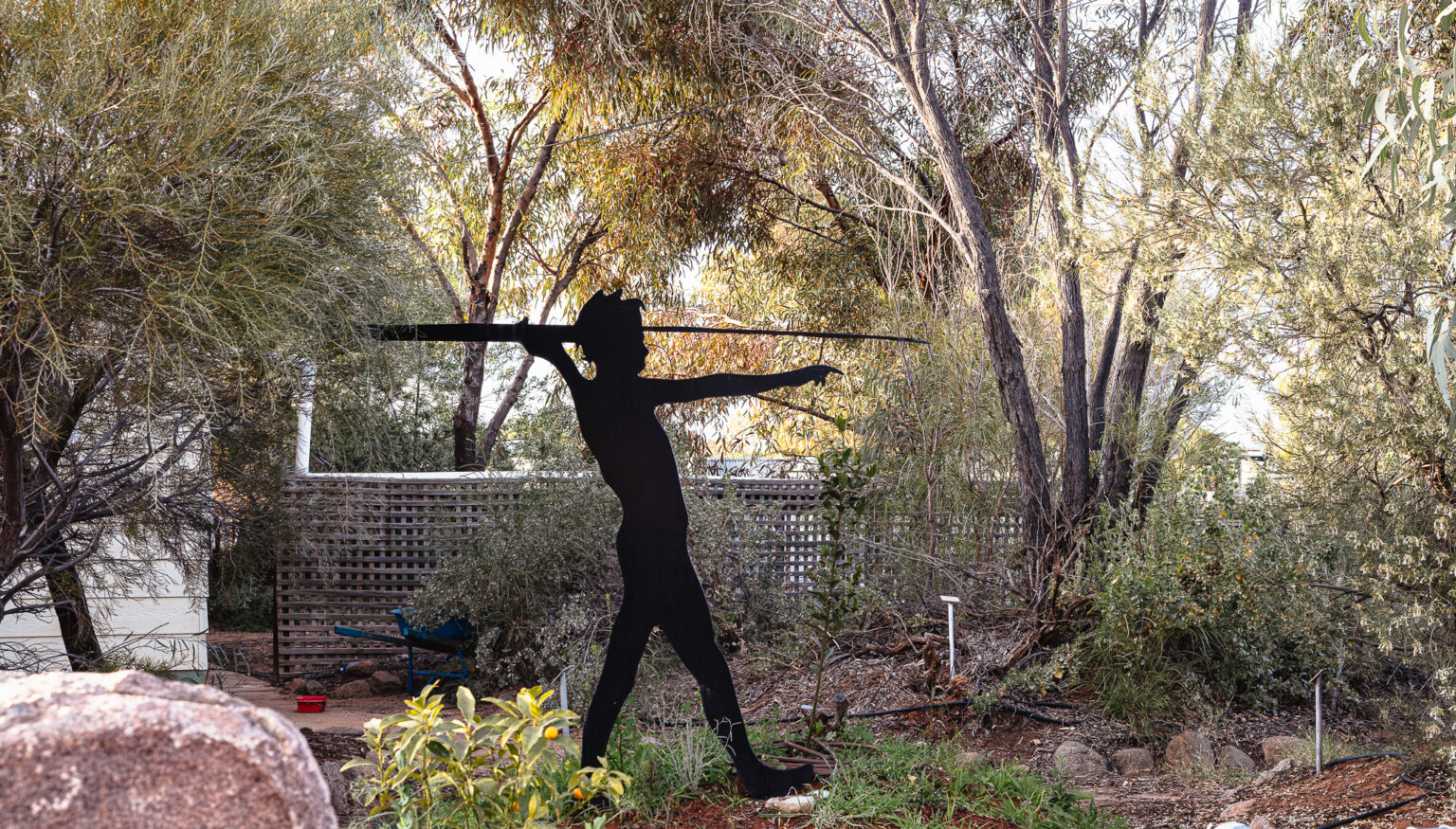
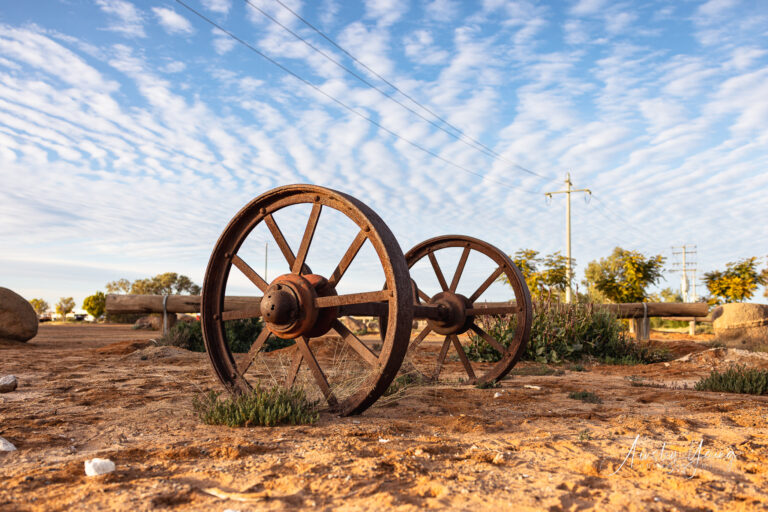

For thousands of years Aboriginal people from local groups travelled through what would become Tibooburra and the Corner Country. ‘Tibooburra’ is believed to be a word meaning ‘heap of rocks’ in one of the many Aboriginal languages of the region. The Corner Country was home to members of groups including the Wadigali, Karenggapa, Malyangapa and later the Wangkumara. Aboriginal groups are all connected in intricate and complex networks of culture and kinship systems. For the first peoples of the region the arrival of Europeans brought change, some opportunity, but mostly catastrophe. Despite many privations, today Indigenous people’s connection to the Corner Country is heartfelt and strong.
Captain Charles Sturt and his exploration party arrived in the district in 1844. These were the first Europeans here. Sturt hauled a whale boat as part of his kit. He sought an inland sea. He assumed every continent on earth had one. Indeed, Australia did possess such a waterbody alas, Sturt had arrived millions of years too late. The remnants of the waterbody were by then below ground. Invisible to the Captain and his party. It is the great artesian basin. The whale boat was rightly abandoned.
Sturt encountered much hardship on his journey but his interactions with Aboriginal people were courteous and peaceable. Due to drying and drought conditions the explorers were held up for six months at site near present day Milparinka. Sturt reconnoitred to the north and west seeking respite from the drought, grazing country and his inland sea. He found none. In his journal he states he encountered a small oasis of greenery that, before it dried up, looked like a park. This vast area would later become part of Sturt National Park, named in his honour.
In 1860 the ill-fated Burke & Wills exploration team passed through the region, about 60 km to the east of today’s Tibooburra, never to return. The desert having “swallowed them whole and returned only their bones”.
Tibooburra township came to life after the discovery of gold at Mount Browne, to the south. Milparinka was the first town established. In 1881 Tibooburra was officially gazetted and after a decade or so, eclipsed Milparinka in size and offerings. Tibooburra was located near the intersection of several stock and coach routes thus better able to service the users of this network than Milparinka, some 40 km to the south.
The rush of thousands of gold miners led the government to survey and gazette the townsite and establish official services including a post office, mine warden and police. The boom encouraged the establishment of businesses to provide services and goods to the growing population. At its peak Tibooburra had four hotels and about 3000 people in the district.
The state borders were surveyed and affirmed in the late 1800s. Similarly pastoral holdings were established. Gold yields petered out and were hard won due to chronic lack of water. Droughts and epidemics of typhoid and dysentery also took their toll. In the coming decade Tibooburra gained a school (1885), courthouse (1888) and hospital (1890). The fast expansion of the rush, contracted back and settled into a small but important service centre.
